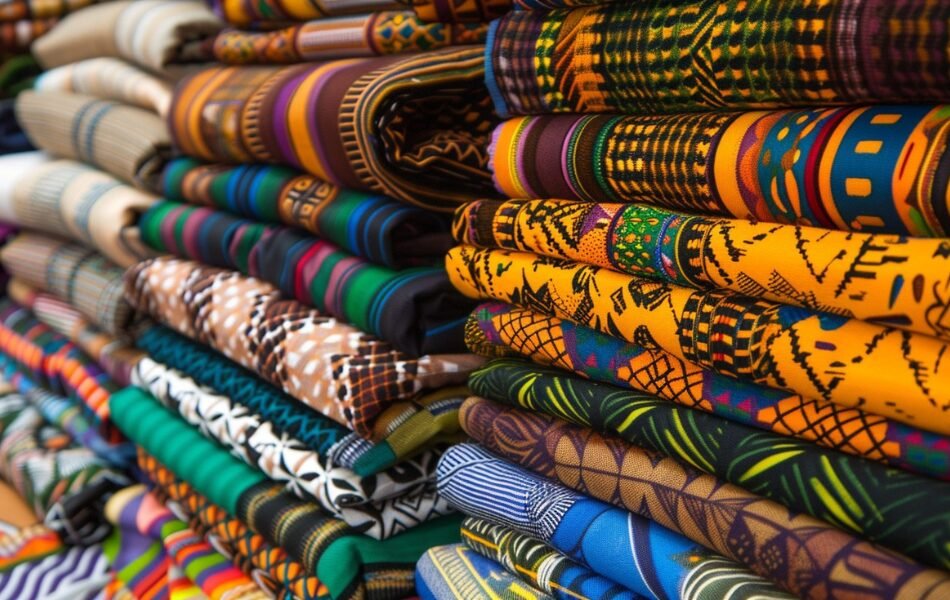Käätjä: Discover the Timeless Beauty of Traditional Craft

Käätjä, a term often associated with Finnish and Estonian cultures, refers to a traditional form of bread or flatbread. Historically, it has been a staple food, particularly in rural areas, providing sustenance and cultural identity. It is typically made from simple ingredients like rye flour, water, and salt, baked in a wood-fired oven or on a griddle over an open fire.
It’s significance extends beyond its nutritional value. It symbolizes a deep connection to the land and ancestral traditions. The laborious process of making Käätjä, from harvesting the grain to baking the bread, fosters a sense of community and shared heritage. In contemporary times, it has evolved into a versatile food item, enjoyed in various forms, from traditional to modern. It has become a symbol of Finnish and Estonian culinary identity, representing simplicity, authenticity, and the enduring spirit of these cultures.
Despite the rise of industrialization and globalization, it continues to hold a special place in modern society. It has experienced a resurgence in popularity, driven by a growing interest in traditional foods and sustainable living. Many people appreciate Käätjä’s wholesome nature, its unique flavor, and its ability to evoke a sense of nostalgia.
In recent years, it has also become a popular choice for those seeking gluten-free and healthy dietary options. As a naturally gluten-free food, it offers a nutritious alternative to traditional bread. Additionally, it’s versatility allows it to be enjoyed in various ways, from a simple snack to a gourmet meal.
The Evolution of Käätjä: Traditional and Modern Styles
Traditional it is characterized by its use of natural materials and time-honored techniques. Wool, linen, and hemp were commonly used to create durable and warm textiles. The weaving process involved intricate patterns and motifs, often inspired by nature, mythology, and everyday life. These designs not only enhanced the aesthetic appeal of the fabric but also conveyed symbolic meanings and cultural significance.
In recent years, it has undergone a resurgence, adapting to modern tastes and trends. Contemporary Käätjä artisans experiment with a wide range of materials, including silk, cotton, and synthetic fibers. They blend traditional techniques with innovative approaches to create unique and eye-catching designs.
The fusion of traditional and modern elements has given rise to a new generation of Käätjä, where classic patterns are reinterpreted with contemporary flair. This dynamic interplay between the past and the present allows it to remain relevant while honoring its rich heritage.
The Versatile World of Käätjä: Practical Applications and Care
It textiles are not merely decorative pieces; they are versatile and practical additions to any space. In homes, it can be used to create cozy and stylish interiors. Soft, woven blankets can add warmth to living rooms and bedrooms, while colorful table runners and placemats can elevate dining experiences. It cushions and pillows offer comfort and elegance to seating areas.
In the business world, it can enhance brand identity and create a welcoming atmosphere. Woven wall hangings and curtains can add a touch of cultural sophistication to offices and retail spaces. It inspired accessories, such as laptop sleeves and tote bags, can make stylish and functional corporate gifts.
It plays a significant role in celebrating life’s special moments. Traditional Finnish weddings often feature Käätjä textiles, symbolizing love, unity, and prosperity. These intricate woven fabrics can adorn tables, chairs, and even the bridal attire, adding a touch of cultural authenticity to the festivities.
It can also be used to commemorate other special occasions, such as birthdays, anniversaries, and graduations. Personalized it gifts, such as custom-woven scarves or tapestries, can be cherished keepsakes that reflect the recipient’s unique interests and personality.
To ensure the longevity and beauty of your Käätjä textiles, proper care and maintenance are essential. Gentle hand washing with mild detergent is recommended for most Käätjä items. Avoid using harsh chemicals or abrasive cleaning agents, as these can damage the delicate fibers.
When not in use, store it textiles in a cool, dry place, away from direct sunlight and moisture. Proper storage can help prevent fading, mildew, and insect damage. By following these simple care tips, you can enjoy the beauty and functionality of it for generations to come.
The Evolving Landscape of Käätjä: A Glimpse into the Future
As environmental consciousness grows, it artisans are increasingly adopting sustainable practices. By prioritizing the use of organic and recycled materials, they minimize their ecological footprint and contribute to a greener future. Additionally, innovative techniques, such as natural dyeing and low-impact weaving methods, are being explored to reduce the environmental impact of it production.
The integration of technology into the world of it is opening up new possibilities. Digital design tools allow artisans to experiment with intricate patterns and create unique designs. 3D printing technology can be used to prototype and produce innovative it products. Furthermore, online platforms and e-commerce have facilitated the global reach of Käätjä, connecting artisans with a wider audience.
It is gaining international recognition for its exquisite craftsmanship and cultural significance. As consumers seek authentic and sustainable products, it textiles are becoming increasingly popular in global markets. The export of Käätjä products has the potential to generate significant economic benefits for artisans and communities.
By promoting it on the international stage, we can celebrate Finnish heritage, support local economies, and inspire a new generation of artisans to carry on this timeless tradition.
A Timeless Legacy: The Enduring Appeal of Käätjä
It a testament to Finnish craftsmanship and cultural heritage, continues to captivate hearts and minds. Its versatility, beauty, and sustainability make it a cherished tradition that transcends generations. By embracing it, we can connect with our roots, appreciate the artistry of skilled weavers, and contribute to a more sustainable future.
Whether you’re a seasoned it enthusiast or a curious newcomer, there are countless ways to engage with this timeless art form. Explore local markets and fairs to discover unique Käätjä pieces. Support talented artisans by purchasing their handcrafted creations. Share your love for Käätjä with others, and inspire future generations to appreciate this cultural treasure.
As we delve deeper into the world of Käätjä, we are reminded of the power of human creativity and the enduring beauty of traditional craftsmanship. Let us celebrate the artistry of Käätjä and embrace its timeless appeal. By preserving and promoting this cultural heritage, we can ensure that the legacy of it continues to flourish for generations to come.
FAQ’s
Q: What is Käätjä?
A: It is a traditional Finnish craft involving the intricate weaving of textiles. It has been passed down through generations, with each piece carrying cultural significance and historical context.
Q: Why is Käätjä important?
A: It is important for several reasons. It serves as a connection to Finnish cultural heritage, offers a meditative and therapeutic experience, and promotes sustainability through the use of natural materials.
Q: What are the different types of Käätjä?
A: There are two main types of Käätjä: traditional and modern. Traditional it uses natural materials and time-honored techniques to create intricate patterns and designs. Modern it incorporates innovative materials and contemporary styles, often blending traditional elements with modern aesthetics.
Q: How can I use Käätjä in my daily life?
A: It textiles can be used in various ways. They can enhance home decor, elevate dining experiences, and add a touch of elegance to special occasions. Additionally, it accessories, such as laptop sleeves and tote bags, can be stylish and functional additions to your everyday life.








